5 Silk Moths That Might be in Your Backyard
Updated: Apr. 14, 2021
Discover the amazing silk moths you can expect to find in the garden. See photos of silk moths and learn facts about these beautiful garden bugs.
Silk moths blow away every belief you’ve ever had that all moths are small and dull. These large vibrant moths can have wingspans over 6 inches, and come in colors including red, pink, and green. Here is a list of five common silk moths you might find in your garden, and a few facts about silk moths. Check out 6 pictures that will change the way you look at moths.
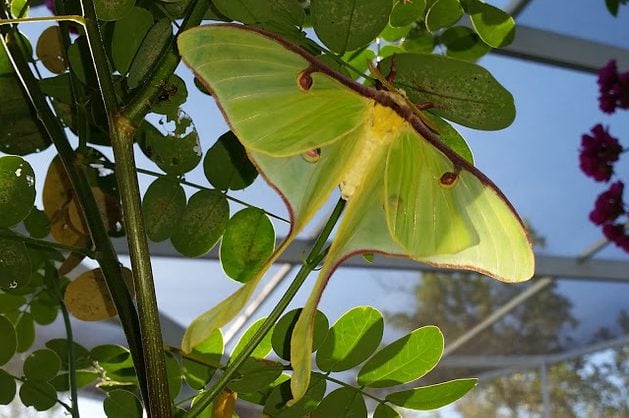
Luna Moth
Found throughout the eastern United States and Canada, this silk moth’s unique pale green color and long tails make it easy to identify. Luna moth caterpillars eat mainly leaves from white birch trees in the north. In southern areas, where birch is not available, they prefer leaves from sweet gum, hickory, walnut, or sumac. Discover fascinating facts about cecropia moths.
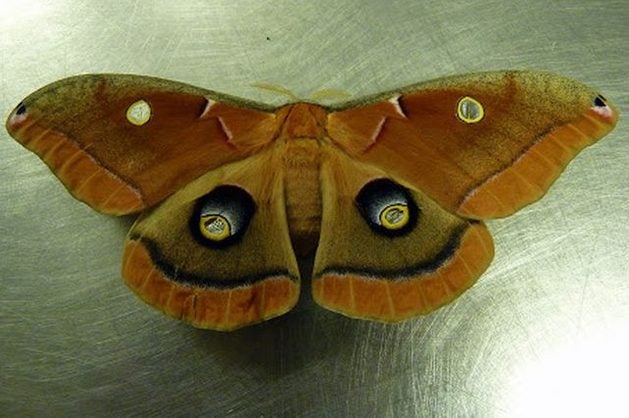
Polyphemus Moth
The polyphemus moth is also common in the east, but can be found as far west as California. The large eyespots on their wings help scare off predators. If you look closely at these eye spots, you’ll notice the centers appear clear or see-through. These areas lack wing scales, allowing you to see the clear membrane beneath. Polyphemus caterpillars eat a wide variety of tree leaves, including oak, maple, willow, wax myrtle, and more. Meet the colorful moths you can see during daytime.
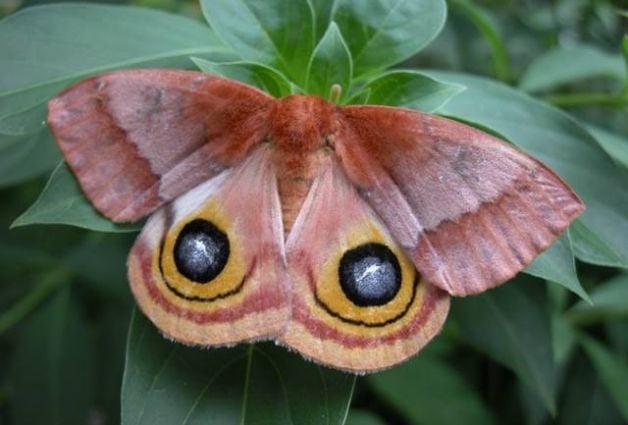
Io Moth
Speaking of silk moths with stunning eye spots, Io moths are known for their venomous caterpillars. These brightly colored larva are equipped with urticating hairs, which release a toxin when brushed. This toxin causes unbelievable pain in humans, so imagine what it would do to a predator like a bird or small mammal. Io Moth caterpillars eat willow, hackberry, redbud, and blackberry. Check out interesting facts about hummingbird moths.
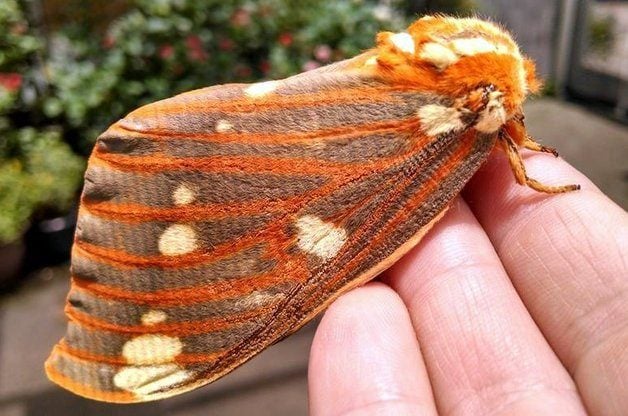
Regal Moth
Also known as the royal walnut moth, this species has one of the craziest caterpillars you’ve ever seen. Called hickory horned devils, these creatures grow to the size of small hotdogs and boast spikes that would terrify any predator. The caterpillars eat the leaves of hickory, walnut, pecan, sumac and others. Learn how to tell the difference between moths and butterflies.
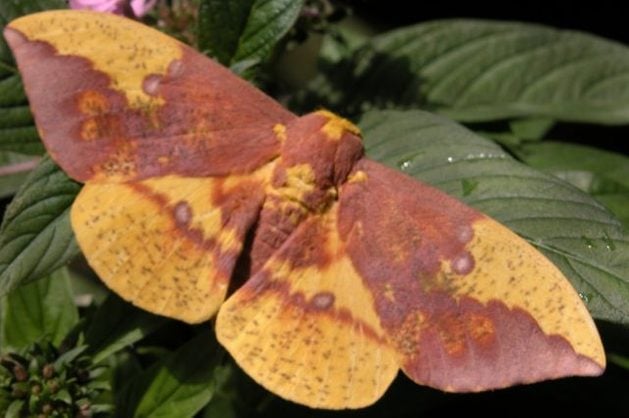
Imperial Moth
Imperial moths are found throughout the eastern U.S., but are much more common in the southern parts of their range. Their spiky caterpillars are harmless to humans but do an excellent job of deterring predators. Rather than spinning a cocoon, Imperial moths burrow in the ground beneath their host trees (pine, oak, maple, and more). They overwinter there, emerging the following summer. Plant a caterpillar cafe in your butterfly garden.
Facts About Silk Moths
- Adult silk moths have no functional mouthparts and do not eat. They fly for only 4 or 5 days, just long enough to mate and start the next generation.
- In contrast, silk moth caterpillars are voracious eaters, because they must store up all the fat reserves the adult will need. They generally feed on leaves of various trees, which provide plenty of the food they need.
- Many silk moths spin cocoons around themselves before undergoing metamorphosis.
- Commercial silk is produced by the domesticated silk moth caterpillar, Bombyx mori. B. mori does not live in the wild, and in fact could not survive in the wild because the adult moth is flightless. The caterpillars are raised in large factories where they are fed white mulberry leaves up to eight times a day.
Next, learn what gardeners should know about the cabbage white butterfly.
